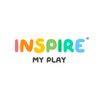Getting started with Numicon at Home
Numicon is used to support maths teaching in classrooms across the world. But I was recently asked whether this was something that parents should purchase to use at home. Having used Numicon at home with my own children for awhile now I can honestly say I have not once regretted investing in it.
This post explains why I think Numicon is brilliant and why introducing Numicon in the early years of a child's life gives them the very best start they need in maths.
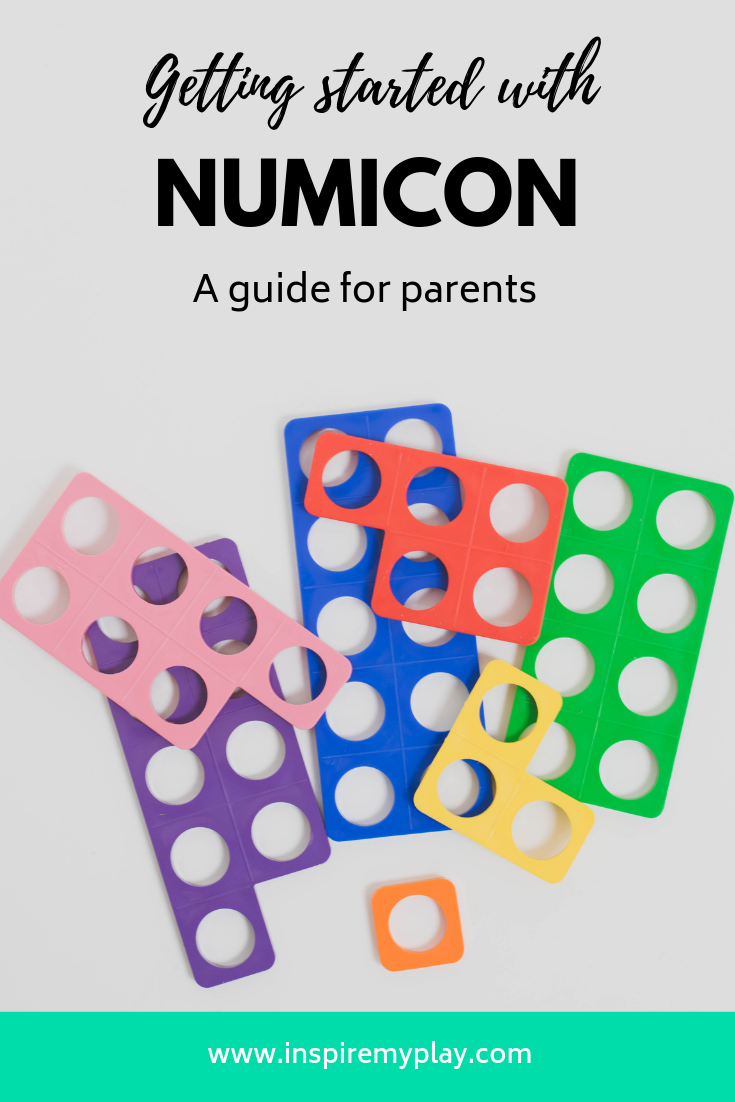


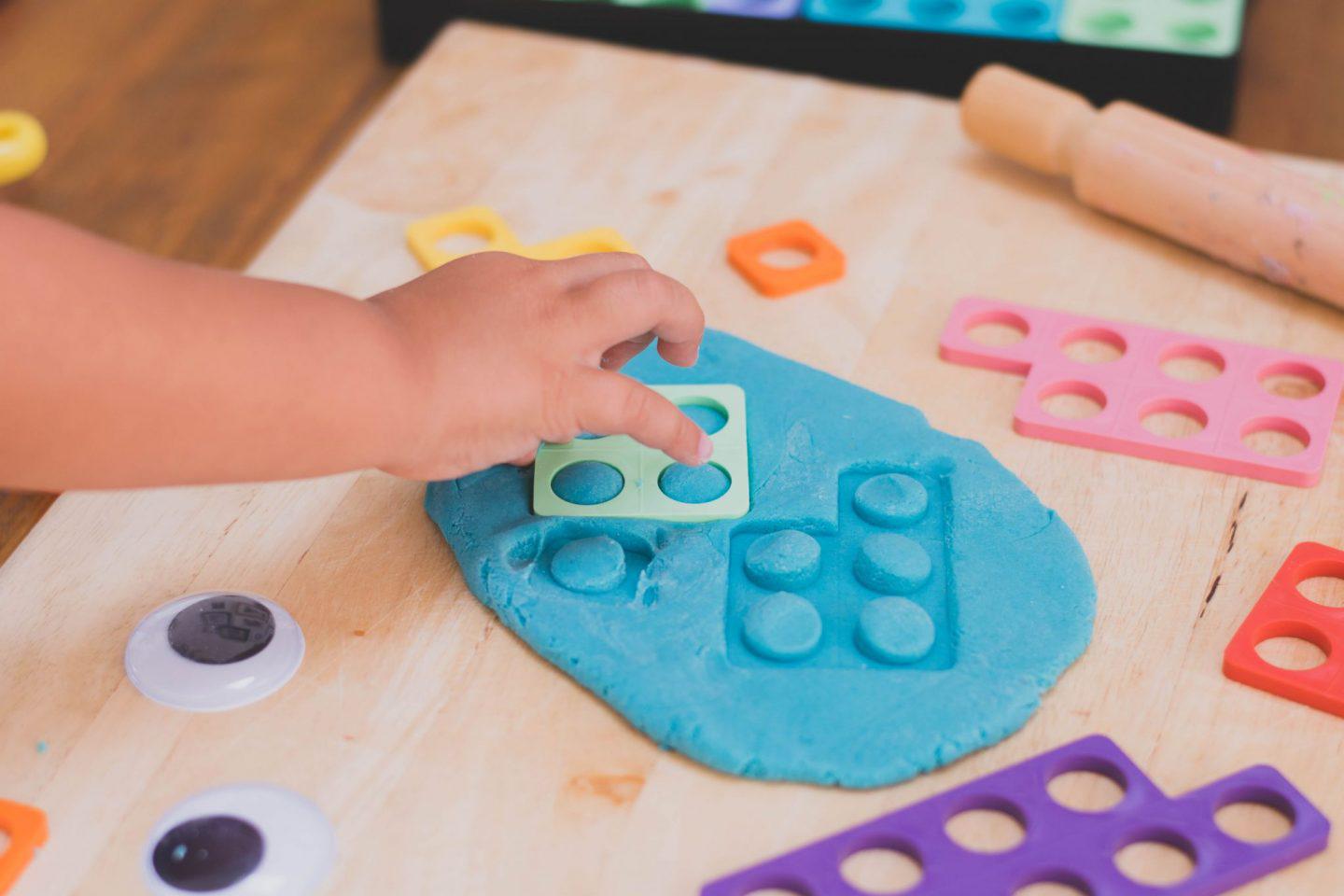

 Over time I gradually began to name the shapes as the 'two shape' or the 'five shape' and my 4 year old would count the holes to check that I was right! She also loved to order the shapes and compare them by laying one on top of the other.
One of the great things about Numicon is that it is so easy to introduce in lots of playful contexts, for example with play dough or hidden in rice. There are lots of great ideas on Pinterest and Instagram. I've written a post here with six ideas to get you started.
Over time I gradually began to name the shapes as the 'two shape' or the 'five shape' and my 4 year old would count the holes to check that I was right! She also loved to order the shapes and compare them by laying one on top of the other.
One of the great things about Numicon is that it is so easy to introduce in lots of playful contexts, for example with play dough or hidden in rice. There are lots of great ideas on Pinterest and Instagram. I've written a post here with six ideas to get you started.
 For early explorations I would also recommend investing in a Numicon baseboard. It’s great for making shape patterns or setting challenges to fill the whole board. The Numicon box itself provides a great learning opportunity too as children love the task of fitting the pieces back into the box; a bonus at tidy up time!
For early explorations I would also recommend investing in a Numicon baseboard. It’s great for making shape patterns or setting challenges to fill the whole board. The Numicon box itself provides a great learning opportunity too as children love the task of fitting the pieces back into the box; a bonus at tidy up time!
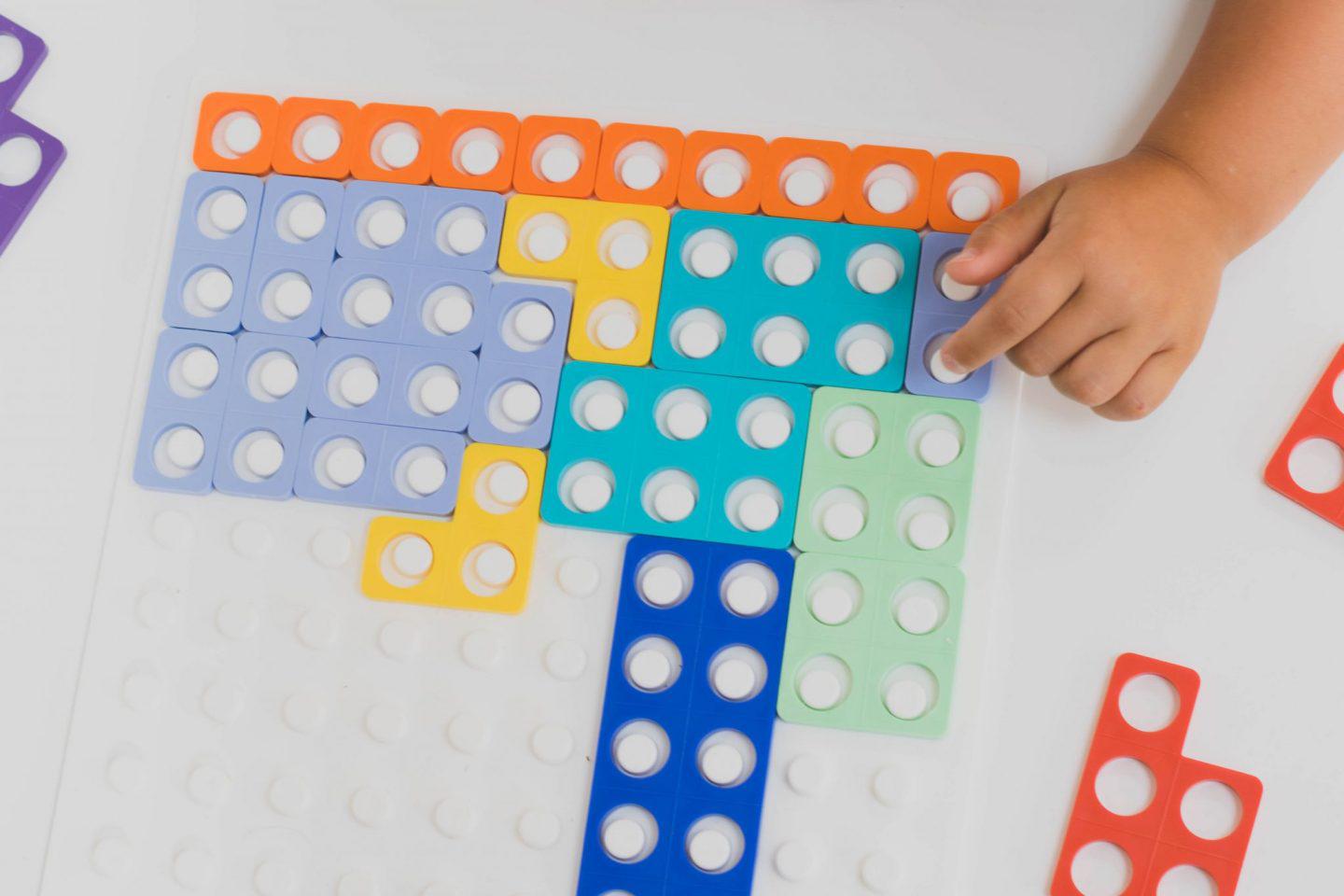



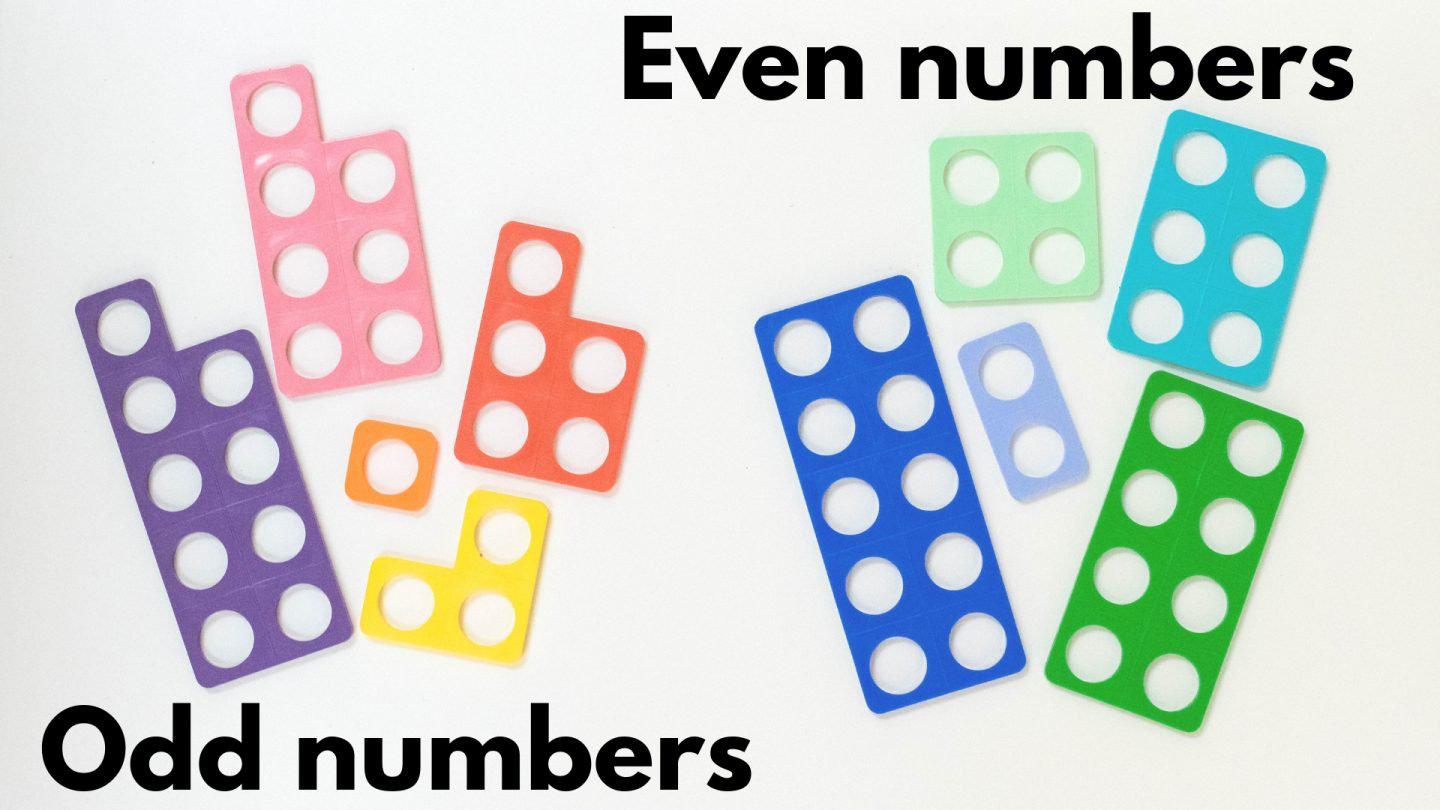
 Numicon is also great for exploring doubling, multiplication, division and fractions. I'm sure you get the idea- it's makes so many mathematical concepts easier to understand!
Numicon is also great for exploring doubling, multiplication, division and fractions. I'm sure you get the idea- it's makes so many mathematical concepts easier to understand!
Although Numicon was primarily designed for use in schools, introducing it at home in playful contexts whilst learning to count and recognise numbers really does gives little ones a fantastic start in getting to grips with maths.
I can honestly say since I introduced Numicon at home I have been blown away with how it has helped my girls' mathematical thinking. Miss 3 is becoming familiar with the shapes, practising her counting and filling the baseboard. Miss 5 confidently knows the numerical value of all the shapes, knows her number bonds to 10 and is using Numicon to solve mathematical problems.
If you have any questions about using Numicon at home with your little ones please feel free to leave a comment below and I'll get back to you soon.

This post may contain affiliate links. This means that if you click on a link and go on to make a purchase, I may receive a small commission (at no additional cost to you). Please read my disclosure policy for more details.
What is Numicon?
Numicon is designed to help children visualise numbers and the number system. It is a set of colourful shapes that represent numbers from 1 through to 10. Each shape has a set of finger-sized holes to match the number represented. The shapes can be combined to show larger numbers, for example a 10 piece and a 6 piece to show 16.
Why we love Numicon
Numicon makes numbers 'real' for children
We tend to give our little ones plenty of exposure to numbers through puzzles and books etc.. but forget that for a child numbers are a highly abstract concept and lack meaning. Learning numbers alongside Numicon makes it concrete for them. From an early age they can start to compare numbers and begin to understand the relationship between them.
Numicon uses a multi-sensory approach
Multi-sensory approaches to learning are essential for enhancing brain function. When using Numicon children not only visualise the difference between the numbers they can feel the shapes and their holes. Numicon is also brilliant to use alongside lots of sensory activities. We've used it hidden in sand or rice, printed in play dough, and filled the holes with water beads, to name just a few. All of these sensory experiences with Numicon build connections for children and reinforce their mental picture of the number system.
Numicon makes mathematical concepts easier to understand
The school years might seem a little way off, but by exposing young children to Numicon early on it gives them a great mathematical grounding for future learning. All too often school-aged children learn methods in maths without fully understanding the mathematics behind it or how the concepts relate. Numicon really is something you will come back to again and again to give children the visual representation they need to make sense of what they are learning.
Introducing Numicon at home
Once your child is no longer mouthing objects (some shapes are small enough to fit into a child’s mouth) they can begin to play with Numicon and get familiar with the different shapes. Young children will always find their own ways to play with Numicon. My girls were 2 and 4 when I introduced it and initially they got most enjoyment from sorting and matching the shapes and building towers with them. They also loved to use them as loose parts, particularly in their cooking role play! Over time I gradually began to name the shapes as the 'two shape' or the 'five shape' and my 4 year old would count the holes to check that I was right! She also loved to order the shapes and compare them by laying one on top of the other.
One of the great things about Numicon is that it is so easy to introduce in lots of playful contexts, for example with play dough or hidden in rice. There are lots of great ideas on Pinterest and Instagram. I've written a post here with six ideas to get you started.
Over time I gradually began to name the shapes as the 'two shape' or the 'five shape' and my 4 year old would count the holes to check that I was right! She also loved to order the shapes and compare them by laying one on top of the other.
One of the great things about Numicon is that it is so easy to introduce in lots of playful contexts, for example with play dough or hidden in rice. There are lots of great ideas on Pinterest and Instagram. I've written a post here with six ideas to get you started.
 For early explorations I would also recommend investing in a Numicon baseboard. It’s great for making shape patterns or setting challenges to fill the whole board. The Numicon box itself provides a great learning opportunity too as children love the task of fitting the pieces back into the box; a bonus at tidy up time!
For early explorations I would also recommend investing in a Numicon baseboard. It’s great for making shape patterns or setting challenges to fill the whole board. The Numicon box itself provides a great learning opportunity too as children love the task of fitting the pieces back into the box; a bonus at tidy up time!

Learning with Numicon
Once children are familiar with the shapes and the numbers they represent Numicon can be used to support the learning of so many mathematical concepts.



 Numicon is also great for exploring doubling, multiplication, division and fractions. I'm sure you get the idea- it's makes so many mathematical concepts easier to understand!
Numicon is also great for exploring doubling, multiplication, division and fractions. I'm sure you get the idea- it's makes so many mathematical concepts easier to understand!
